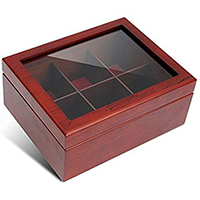Bread bin purchasing advice: how to choose the right product
- The most important facts in brief:
- Bread boxes are an easy way to keep rolls and bread fresh for a longer period of time.
- They are available in various sizes and versions: with a hinged lid, a rolling lid or as a bread bin and optionally with or without air holes.
- They are made of stainless steel, wood, sheet steel or ceramic.
- With some models, the lid can even be used as a chopping board.
Bread is more popular again
While bread consumption per capita in Germany was still just under 97 kilograms in 1950, it fell to 63 kilograms in the 1970s. Most recently, however, it has risen, according to Statista (2020). So Germans like to eat a lot of bread again. This requires the right storage options – after all, no one wants to eat dry or hard bread. The range is versatile: in addition to classic bread bins, there are also bread pots and bread drums. They should all store bread and rolls neatly, keep them fresh for a long time and ideally look nice.
Proper storage for longer freshness
The typical German evening meal consists of fresh bread, usually spread with butter and then topped with either cheese or sausage. The bread is only really fresh on the first evening, but hardly anyone actually eats a whole loaf every day. This is where the right storage comes into play in order to have edible bread at home for as long as possible. A Statista survey in 2010 showed that about 14 percent of respondents store their bread in the refrigerator. However, this not only causes the bread to dry out more quickly, but the taste also suffers.
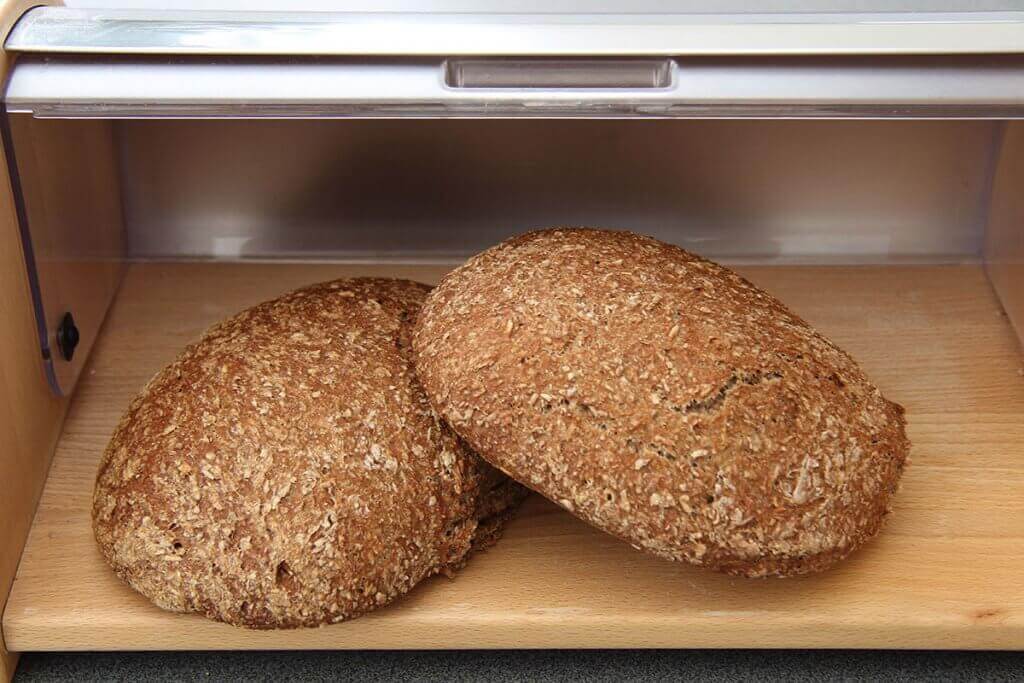
For correct storage, you should consider three points:
The ideal temperature is 18 to 22 degrees Celsius.
- If the air is stagnant, the moisture that forms cannot be removed, which can lead to mould. So make sure there is good air circulation.
- Protect the bread from drying out.
- Paper or plastic – storage in the bag
Bakers pack baked goods in paper bags for a reason. The paper can absorb the moisture that arises and at the same time protects the bread from drying out. Plastic bags, on the other hand, are less recommended: Since the moisture cannot escape, the bread will mould much faster in them. Depending on the amount of bread you consume and the amount you buy, a bread bin is a practical alternative to storing bread in paper bags.
Bread bin storage
Bread bins are available in various designs and materials. More important than appearance, however, is a breathable design. Some bins are therefore equipped with air holes to allow moisture to escape into the environment. If the bread bin does not have air holes or is not at least partly made of a breathable material, it is not suitable for storage.
The right type of bread bin for you
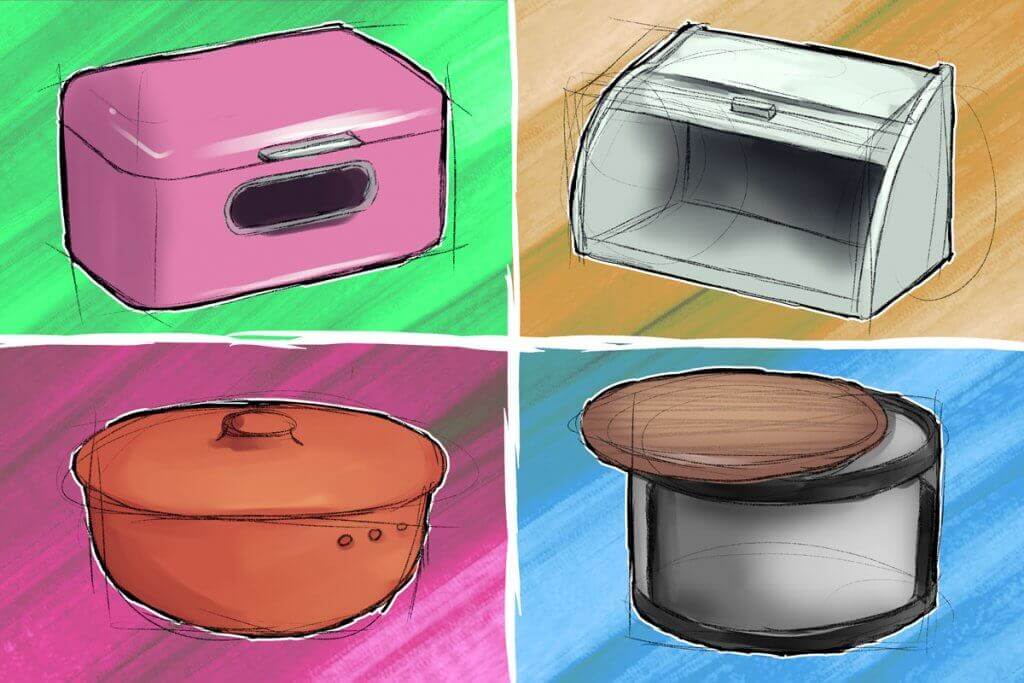
Bread boxes are available in various designs. The central question is which version keeps the bread fresh the longest.
The classic hinged-lid bread bin
Bread bins with hinged lids are among the classics. However, this is sometimes reflected in the somewhat old-fashioned design. Some models at least have a lid that you can use directly as a cutting board for the bread if necessary. The bread also stays fresh for a comparatively long time in these bins.
The modern rolling bread bin
The design of these bread bins is much more modern. The top of some of them can be used as a practical shelf. However, the bread does not usually stay fresh for as long – a stylish look is not everything.
The classic bread bin
Bread pots are also among the classic bread boxes. They are usually made of ceramic or clay and are comparatively heavy. Bread stored in them stays fresh for a very long time. However, it is almost impossible to open or close bread pans quietly.
The modern bread drum
Bread drums are similar to rolling bread bins. They also have a more modern design. Their tops offer space for cakes or kitchen utensils. In some models, the top can even be used as a chopping board. The biggest problem with these bread bins is their high heat storage capacity, which in turn promotes mould growth. Regardless of this, however, the bread stays fresh in them much longer than in rolling bread bins.
You can find a good overview of which materials are particularly suitable for bread storage in the following YouTube video from the portal Chefkoch.
What you should look for when buying a bread bin
Bread bins differ not only in design, but also in material and size. To find the perfect bread bin, you should also look at whether it has ventilation holes and what extras it comes with. Of course, the price also plays a role in the selection process.
Material
Bread bins are made of different materials. Ceramic bread bins are at the top of the list. Alternatively, there are versions made of clay: these variants are also called Roman pots. Both materials are said to have excellent freshness-retaining properties. Clay absorbs moisture well and ceramic pots ensure good air circulation.
If these classic materials are less appealing to you, you can choose between wood, stainless steel and sheet steel. Wood, for example, has similar breathable properties. However, it can absorb odours and pass them on to the bread. With bread bins made of stainless steel or sheet steel, you should ensure that the stored bread is sufficiently ventilated.
Size
The size of the bread bin must fit your bread consumption. If the bread bin is too small, not all baked goods can be stored in it. Perhaps they will just fit in, but then there will no longer be good air circulation and the shelf life of the bread will be much shorter. It is better to give the bread more space and buy a bread bin that is a little too large than one that is too small. Therefore, consider in advance how much bread or rolls you want to store.
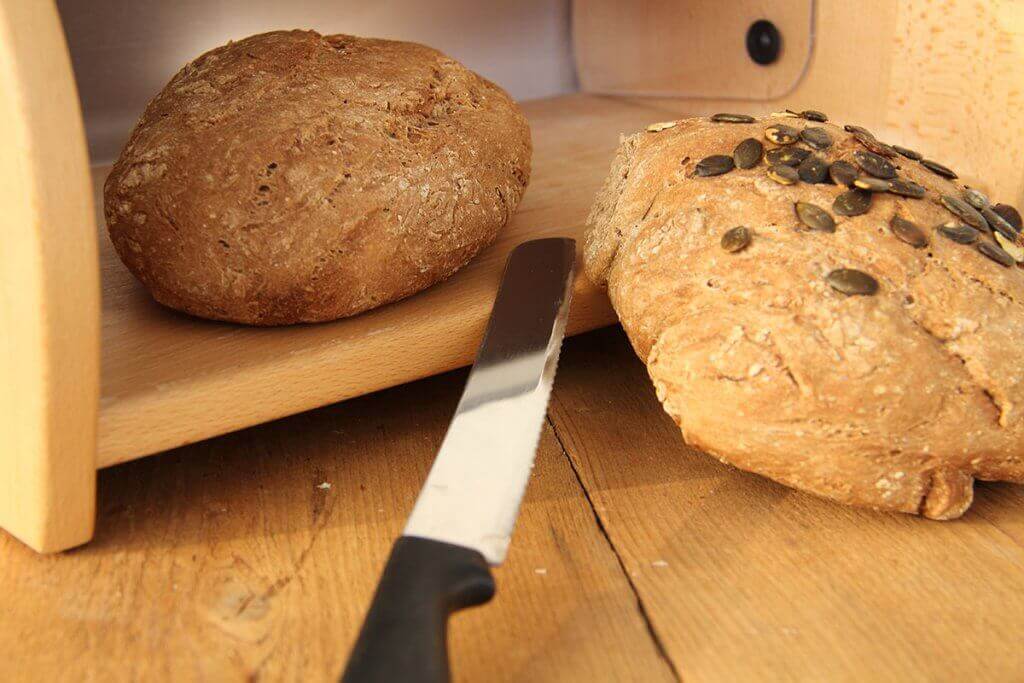
Air circulation in the bread bin
Air circulation in the bread bin is important to remove moisture and prevent mould. The breathable materials mentioned above often ensure good ventilation. Bread bins made of sheet steel or stainless steel, on the other hand, rely on ventilation holes. Make sure that there are enough of these to ensure good circulation. Ideally, they are not only on one side of the bread bin, so that air movement is guaranteed at all times.
Extras
At first glance, the functionality of a bread bin hardly stands out as a criterion. However, they can certainly come up with little finesses. Thanks to their shape, many bread bins can be used to store potatoes or onions, for example. Others have a chopping board that can be used as a lid or, as with a bread drum, as an additional storage surface. Sometimes the chopping board is permanently integrated, in other cases it can be taken down if necessary and used on the kitchen table.
Price
Look for a good price-performance ratio. Bread bins with high-quality materials usually cost a little more. However, an attractive design is not everything. Cheap bread bins can be bought for as little as 20 euros. Expensive models quickly run into the small three-digit range. But no matter how expensive the bread bin is, the price says nothing about its ability to keep fresh. That’s why you should always keep all criteria in mind.
Tips for using your new bread bin
Once you have decided on a model, you are certainly waiting with anticipation for the delivery. But what do you have to bear in mind when it comes to the location and what tips help you to enjoy bread for a long time?
The right location
Have you found a bread bin? Now it’s time to find the right place for it in your kitchen. When choosing it, you have made sure that the air circulation is as good as possible, so that the moisture that develops can be drawn away from the bread at any time. You should also take this into account when choosing a place for your bread bin. If it is too close to the hob, for example, it will absorb additional moisture from there. The same applies to the microwave or the oven.
Although a place near a window would be the next option, this is also not recommended. The air circulation is much higher there, so the bread would dry out more quickly. The best place is therefore one that is neither directly next to heat sources in the kitchen nor near a window. The bread bin should stand in a sheltered place, but have enough space around it to avoid a build-up of air.
The shelf life of bread
In terms of shelf life, the types of bread differ from each other. Depending on the ingredients and their degree of crushing, the baked loaves store different amounts of moisture. Perhaps you have already had the case yourself: you buy a fresh loaf of bread and eat it in the evening. The very next day, however, it is dry and unpleasantly hard. On the one hand, this could be due to incorrect storage. On the other hand, the bread may simply not have a longer shelf life.
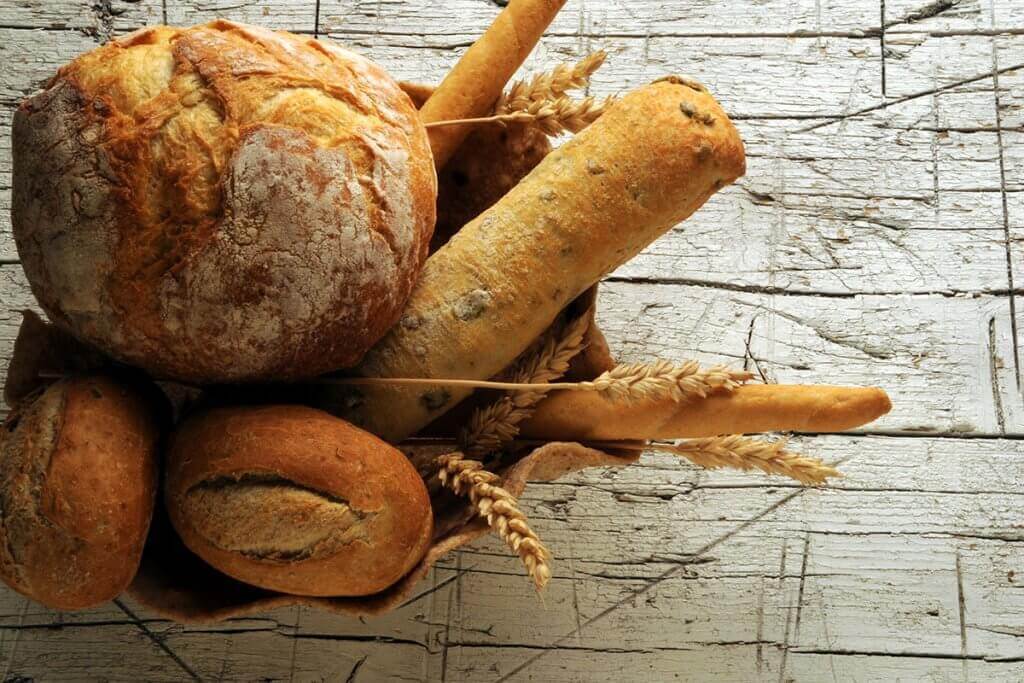
A rule of thumb says: The lighter the baked goods are, the shorter their shelf life. A high wheat content in the dough ensures that the bread dries out more quickly later. The best example of this is wheat baguettes. They are already much harder and dry one day after purchase. If you want to eat on one loaf for several days, you should therefore opt for wholemeal breads or varieties containing rye.
Once again for comparison: wheat bread keeps for about two days. Rye bread, on the other hand, has a shelf life of about three to four days. The longest shelf life is seven to nine days for wholemeal bread. But you can only achieve these values if you store the bread properly in a bread bin.
Freezing bread
In some situations, so much bread is needed that it cannot be stored sufficiently. For example, you have a holiday coming up or you don’t want to go to the bakery all the time. In these cases you can freeze the bread. The freezing process should take place as quickly as possible. Of course, this is somewhat difficult in a standard freezer. But there are a few tricks you can use to help yourself.
Freeze the bread in portions. This way it freezes faster and you can defrost it as needed. Pack the bread well, because it will continue to dry out in the freezer. The bread can be kept there for several months. Give it enough time when you defrost it. It is best to take the bread out in the evening to use it the next morning. You can also put the defrosted bread in the oven for a short time to freshen it up. Straight from the oven it tastes almost like fresh from the bakery.
Refreshing bread that has become hard
The aim of storing bread properly in the bread bin is to protect it from drying out. But every one of us has probably had the misfortune at some point: Fresh bread was bought and then forgotten to put it in the bread box. The next day it is hard, but it is too bad to throw it away. Fortunately, there are ways to freshen up the bread a little.
Essentially, bread lacks moisture. Storing it in containers ensures that the moisture does not escape too quickly. So to freshen up the bread again, simply moisten it a little. You can brush it with water, use a spray bottle to moisten it or put a cup of water in the oven. Put the bread in a cold oven and bake it for about 10 to 15 minutes at 150 degrees Celsius. Afterwards, it is much fresher, although not quite comparable to the freshness from the bakery.

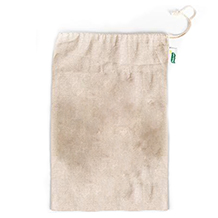
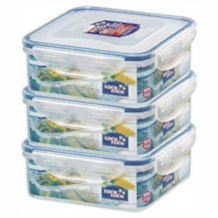
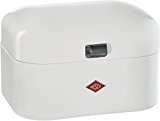
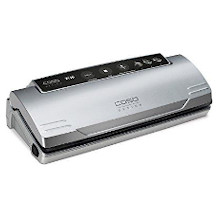

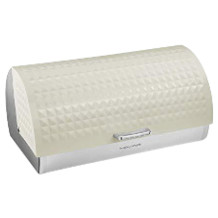



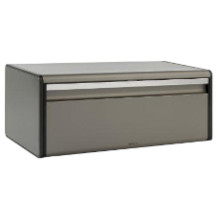
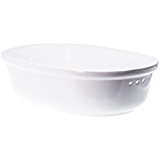
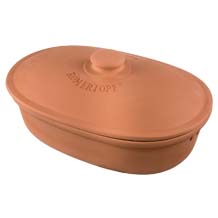
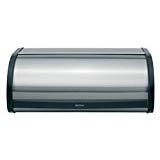
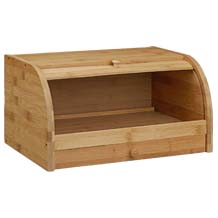
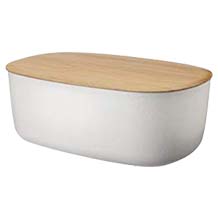

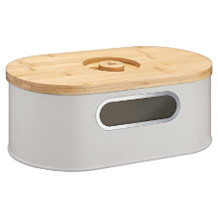

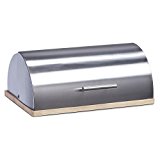

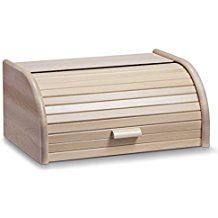
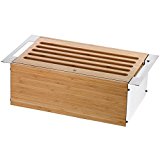

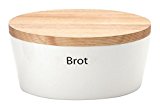

 400 reviews
400 reviews


